The inaugural Americas Print Show, APS, was held August 17–19, in Columbus, Ohio, and while it had some hiccups, the general consensus, from exhibitors and attendees, was that it was a worthwhile event. What does this tell us about the future of industry events?
As we all arise from the bunkers and head out to industry events, many for the first time since 2019, it’s common to greet old friends and colleagues with, “It’s great to be back at shows again!” And yet, the existential question we keep asking ourselves is, “What is the future of shows?”
The Americas Print Show, APS, was held August 17–19, in Columbus, Ohio, and like the maiden voyage of any event, it had some hiccups, but the general consensus, from exhibitors and attendees, was that it was a worthwhile event. “As an attendee, I found the event helpful,” said Randy Beck, President of SCP Group, a Sharon, Pa.-based company that specializes in digital printing, direct mail, and wide-format. “I assume each printer is asking themselves, ‘Where do we go, what do we offer in today’s market?’ The show had a good balance of vendors, so each of us can get the information to make these difficult decisions.”
Some exhibitors also found that the show exceeded expectations. “In the new normal of regional trade shows, the Americas Print Show, APS, was a huge success for Graphco,” said Chris Manley, President of Graphco. “Not only did we sell the smaller machines we brought to the show, but amazingly a customer from eight hours away walked up to our stand to ask about RMGT. We sold them a 9 Series press with LED on Monday and the press is shipping out later this month. I’ll trade that result for crowded aisles any time.”
Not all exhibitors shared that sentiment, and one recurring comment we heard from exhibitors, especially Friday, was that attendance was not what they had expected. “I want to support the printing industry and don’t want to seem disparaging to an industry I love so much,” said Kevin Abergel, President of Taktiful, digital embellishments consultancy. “That being said, I cannot fathom why the local printers did not support the show; it was free to attend.”
But according to APS President Jim Cunningham, local printers were in attendance. “Columbus and central Ohio printers did show up pretty well,” he said. “All of the bigger printers including West Camp Press, who had a booth, and Robin Printing and Fraga Graphics who participated on panels for Girls Who Print, and Workforce Development were at APS. In addition, the presidents of Robin Enterprises, Hopkins Printing, Kenwell Printing, and West Camp Press attended, and Baesman had more than a dozen people attend. Three large in-plants were also in attendance.”
“One of the things we were trying to do was to make it a show that people can drive to and bring multiple people to,” added Cunningham. Quantitatively, “We preregistered 1,700 people and we had close to 1,100 people show up.” Wednesday and Thursday were the biggest of the three days.
And some of the lunch sessions were strong draws. “The Workforce Development session had about 45 or 50 people, and Girls Who Print had well over 110, 120 people, and it was standing room only,” said Cunningham.
“I know we had close to 2,000 registrations and unfortunately on Wednesday there was that horrible accident that closed down the main route from Cleveland to Columbus [I-71],” said Melissa Jones, Chairperson of Americas Printing Association Network (APAN). “However, I did speak with several vendors and they did think that the quality of the conversations that they had were good and rather than wasting time on ‘lookey-loos,’ they actually made some great connections. Some APAN presidents were there at the show; however, some needed to get back to their jurisdictions because they have limited staff.”
Whenever show attendance is low, we always hear the rationalization, “But the right people were there.” Sure, some of us have been around long enough to roll our eyes, but there is a kernel of truth in it: some of the other exhibitors I spoke with were happy that they could engage with booth visitors longer and have deeper conversations, and even as they bemoaned attendance, still got some solid leads. And, speaking for myself—I presented two “Printing Outlook 2023” sessions at the show—it was helpful to have a smaller, more engaged crowd, than a packed room (especially as COVID is still very much around) as the sessions can be more interactive. (One of my competing sessions was on managing supply chain management issues, which looked like it was packed. Sometimes printers are understandably more focused on the present than the future.)
Anyway, I don’t want to dwell on the negatives, because a) any first-year show is going to have challenges, and b) all event organizers are going to be wrestling with attendance challenges, at least for the foreseeable future.
According to Cunningham, there will be an Americas Print Show 2023, with adjustments made based on this year’s inaugural event. It will again be in Columbus, but may at some point move elsewhere. However, said Cunningham, “it will always be in the Midwest, because what we’re trying to do is create and grow an event that people can drive to and get to easily.” The appeal of Columbus, though, is that it’s centrally located. “It’s not hard to get to,” Cunningham added. “And realistically we’re drawing from eight to 10 states and a few people from outside of those areas.” Exhibitors and attendees came from as far afield as California, Texas, and Utah, and a few from Florida and Georgia. “We want to be attractive to those people, but we don’t necessarily think that we’re going to get hundreds of people from those locations.”
What can we say about the future of shows? The future of events faces some major challenges—and this doesn’t just apply to our own industry. Some of these challenges are short-term, but some are longer-term.
In terms of short-term challenges, let’s not forget there’s still a virus out there, and it’s still mutating. I’ve known more people—in the industry and in civilian life—who have gotten COVID in the past six months (some quite severely) than in all of 2020 and nearly all of them have gotten it from traveling. Combine that with the travel horror stories you hear, as well as the high price of gas (which has come down since early August), and I’m not surprised that there is some hesitancy to go to shows. Plus, printing companies have been really busy and short of staff, also making them less willing to take two or three days off to go to a show.
And then you have to ask what the value of a physical show is. What can your average printer get from an event that they couldn’t from a webinar or other virtual venue or from online research—or just reading WhatTheyThink regularly? Is it worth getting on a plane or taking a few days away from the business? Sure, we all love networking and seeing equipment in person, but is it really necessary from a business standpoint?
“Name brand” mega-shows are probably going to have an easier time of it than new or smaller shows. But even then the future isn’t entirely certain. We’ve heard rumblings that vendors question the value of the big shows, but they still show up. How long will that remain the case? (Early reports from PRINTING United indicate strong numbers at the initial opening of registration.)
At the same time, specialty shows and events may have more appeal for some. Think LabelExpo. And Dscoop. thINK, Inkjet Summit, The ISA Sign Expo. The major packaging shows. The debut Amplify Print show focused on finishing, and was by all accounts a success. So a “long-tail” approach to shows may end up being a sounder approach than a big, everything under-the-sun show.
But all the questions we have about shows are not new ones; we’ve been having these conversations for years. Ultimately, it’s going to be a case of the industry “right sizing” the event landscape and deciding how many shows it really needs and can support, and what those shows will look like. And we’re happy to support all shows great and small.




